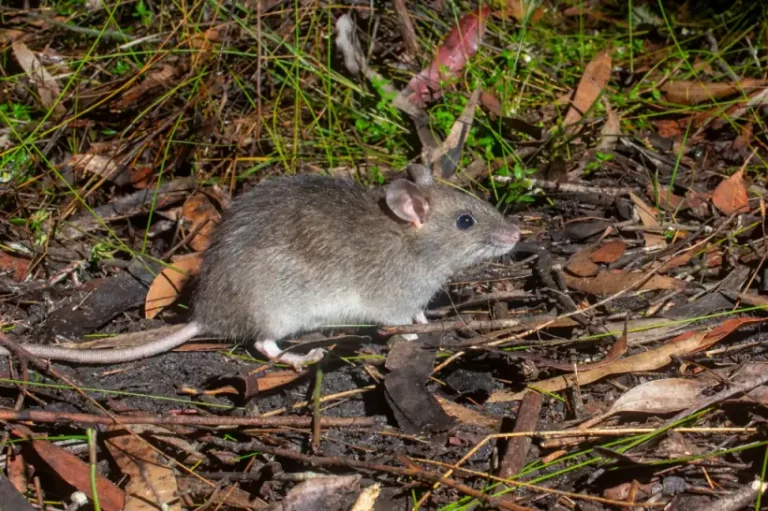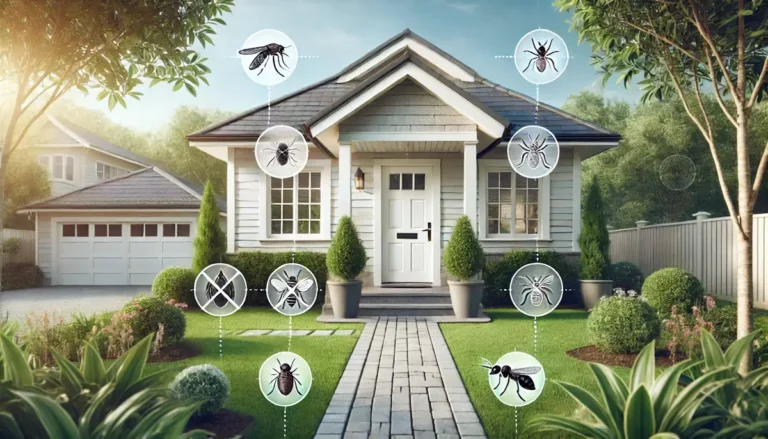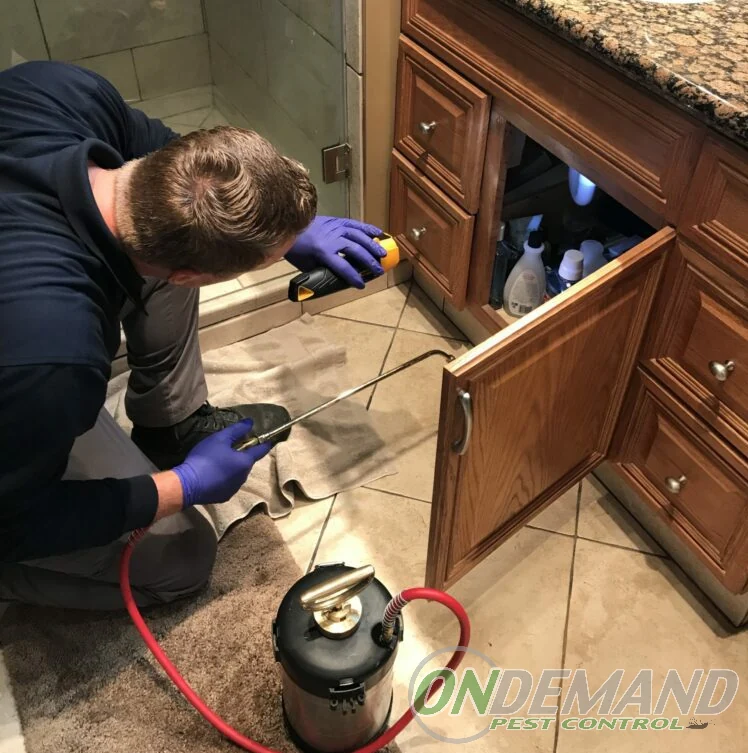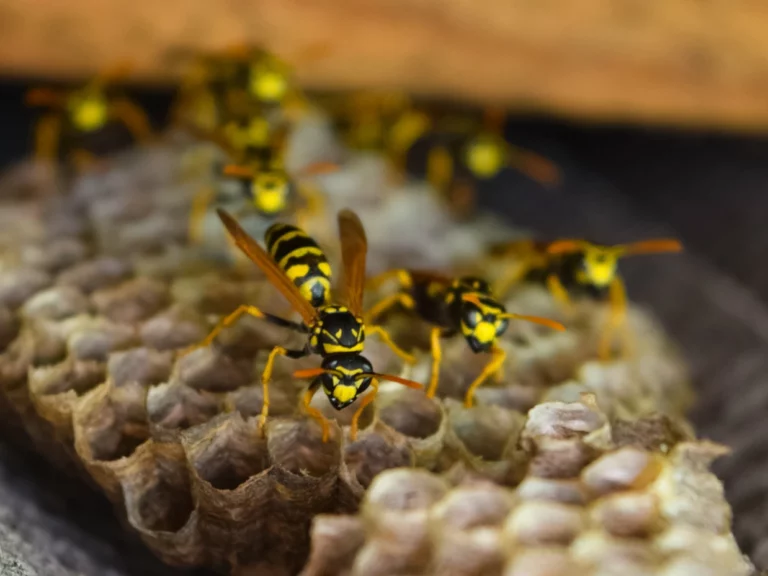Depending on the climate, carpenter ants begin their life cycle with the nuptial flight in the late spring or early summer. Swarmers, or male winged carpenter ants, mate with flying females during this trip. The ladies drop their wings and the males die shortly after mating.
After that, the queen ants go out in search of a new location to establish her colony. It is common for the queen to look for a tiny opening in a wooden structure in order to enter through. The first set of eggs are laid when she seals herself within the chamber. Until the first batch of workers hatch, she stays in the chamber. The queen relies on her stored fat and wing muscles for food during this period.
Salivary glands are used to provide nourishment to the queen’s young until they can forage on their own. The queen takes care of her first brood, which grows up to become an adult worker brood that looks after the queen’s succeeding broods.
An established colony might take anywhere from three to six years to grow into a huge one. A carpenter ant’s life span is believed to be between six and twelve weeks. Carpenter ants’ growth may be slowed by as much as ten months in cold climates.
Carpenter ant queens play just one job in the colony: egg laying. Once the worker ants reach adulthood, they take over all of the activities of the colony. They hunt for food, take care of the eggs, larvae, and pupae, and dig tunnels to expand and multiply their nest’s reach.
In the nest, there are two classes of workers: major and minor workers. Major workers serve as soldiers to protect the nest, while minor workers forage for food and look after the young.
As soon as she has been in her current colony for at least two years, the queen starts producing winged males and females so they can start new colonies. For the most part, carpenter ant colonies consist of one queen.




